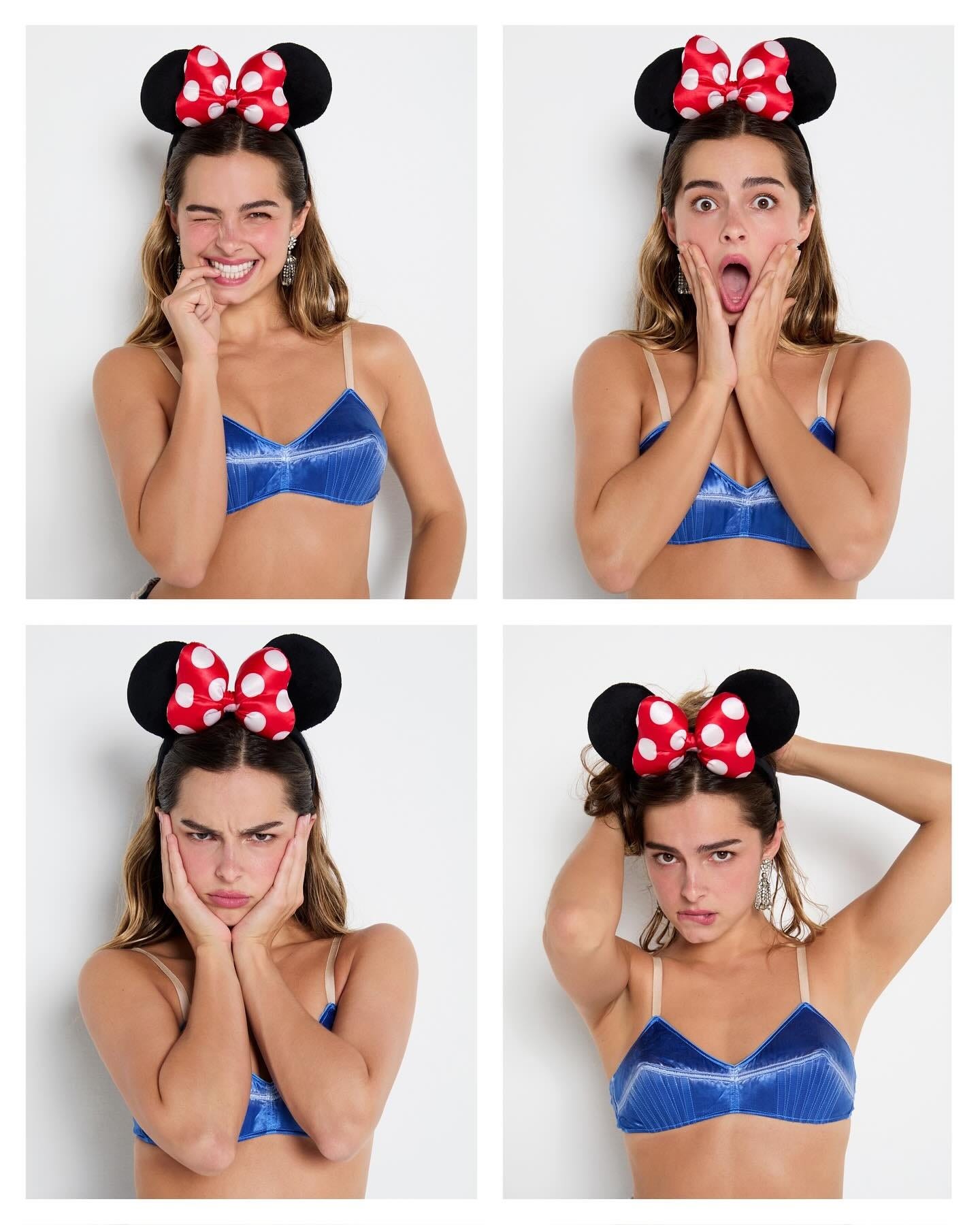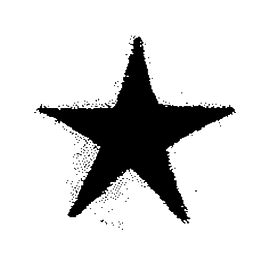Eating Dole Whip in Rick Owens
For the first edition of American Style, I report on shoes, girls and dreams at Disney World
Many of the best dressed people at Disney World work there. At the Haunted Mansion ride, employees, called cast members by Disney, are uniformed as Victorian-gothic house servants, with maids in dark green striped aprons and ruffled bat bonnets. A girl monitoring the fast pass queue wears her maid uniform with yellow-stitched Dr Martens and black cat eyeliner. Zoning out as the crowd shuffles by, she looks like a teenager finding her way between punk and goth.
I join the line at the Haunted Mansion a little after ten in the morning. To get there, I take a car from my hotel to a parking lot, walk to the monorail and ride it to the Magic Kingdom. At the park entrance, I scan my fingerprint and a plastic card with Tinkerbell on it to get in.
It’s the Saturday after Christmas, one of the busiest days of the year at the park — school is still out and the clock hasn’t yet started on the new year. Multigenerational families walk in dispersed packs down Main Street, USA, the first part of the park past the gates. It’s supposed to feel like small town America at the turn of the twentieth century and the street is lined with happy storefronts selling scoops of ice cream and caramel apples the size of a baby’s head.
I breathe in to see if it smells sweet. Disney famously gasses this part of the Magic Kingdom with the scent of baked goods and wooden buildings to remind visitors of simpler times none of us lived through. Candy poured out hot on slabs, one nation under God, the invention of the lightbulb. The air smells like waffle cones in the iron, but only a little and I think that’s because of all the bodies.
On the way down here, while somewhere in south Georgia, I look up Disney outfits on TikTok and Pinterest to get an idea of what the girls are wearing. The average person has become more concerned with style and so I wonder if this will be true of people who go to Disney World, who are sort of the stereotype of American averageness. Young women show outfits composed of trends that are popular right now: lettuce-edge bloomers, cavernous jean shorts — instead of bike shorts they say — with vintagette graphic tees and tube tops. To pull it all together, hoofy Uggs or Sambas in a fun color and a pair of Minnie Mouse ears, discernable from Mickey’s by the plush polka-dot bow right in the middle.
I’m wearing my own pair of Mickey ears (black faux leather, the chicest on offer, I think) with a hot pink windbreaker and a washed out tie-dye Mickey tank, both vintage from my high school thrift store. I was inspired by the Coperni show at Disneyland Paris last year, which recreated the colorful over-functionality of the American tourist, only ever dawdling or speed-walking.
As I make my way down Main Street, I’m looking at hundreds, maybe thousands, of people at once. Most of them are wearing t-shirts, jeans or athletic pants and tennis shoes. Most of it doesn’t look very good. I expected this but I still feel a little let down when I don’t really see anyone dressed like the girls online, like I’m a scientist sentimental for the hypothesis I knew wouldn’t add up. But that’s why I’m doing this in the first place — to see what people are actually wearing and what it feels like then and there.
My plans to speak to people in the park are dashed by the inertia of the crowds, so I just eye anyone who stands out like I’ve spotted a celebrity reading a book on the subway. Twenty minutes into the line at the Haunted Mansion, I lock in on a guy in leather Rick Owens boots and cargo shorts. He has a low ponytail and a patchy beard and is sweating a little as the Florida sun moves into late morning. It’s the kind of non-sequitur look fashion guys reference in memes making fun of other fashion guys. But as he strides through the queue’s faux-weathered graveyard in his boots and billowing shorts, he looks sort of princely.
My most ecstatic sighting comes after the sun is down and I’ve walked all kinds of shapes around three of Disney’s four parks. As I sip my Sprite Pimms cup outside of a replica of an English pub, a lanky young man saunters by with the boyish swagger of a Hedi Slimane muse. He is also dressed like one, in a striped t-shirt, black loafers and good jeans. He looks so out of place that I, in my dehydrated state, see him in the slow-mo used in movies to emphasize the easy confidence of a popular kid walking through school. I am at once reminded of why the modeling industry exists.
Most of the day though, I look at what everyone else, the ordinary Disney-goers, is wearing. Also in line at the Haunted Mansion (where it seems I expend much of my journalistic focus) I see a young couple in matching Lululemon and “Just Engaged” buttons and a little girl who seems much older in aviators and Golden Goose sneakers, her mother nearby in all-white athleisure.
I went to Disney World enough times as a child that I can muscle-memory my way around the parks without a map. Returning as an adult (with a blog called American Style), I notice just how much of the park is brass-band patriotic. Back then I knew this as a child does (optimistic voiceovers, so many ice cream cones, the night ends with fireworks) and as I grew up I found out that Walt Disney loved, really loved, America. It’s hard to imagine what America would look like if he didn’t. His view was that his country was good and her people were virtuous, clean-behind-the-ears strivers and seekers. When he opened Disneyland in 1955, he said the it was in honor of “the ideals, the dreams, and the hard facts that have created America.”
I come face-to-face with Disney’s vision of America somewhat by circumstance — the lines are so long for all of the fun rides that I spend most of my time at the older, less popular attractions, like the Carousel of Progress and the Hall of Presidents, both animatronic shows conceived by Disney himself. They’re more popular today for their air conditioning and ample seating than for their patriotic sentiment directly rendered by Disney’s creative genius.
At the Carousel of Progress, theater seats revolve around a show of the technological advancements of twentieth century America. The story is told through the lives of a shiny-cheeked family, who sing a song called “There’s A Great Big Beautiful Tomorrow” as the audience rotates into the future. In the Hall of Presidents, waxy robots of all forty-five U.S. presidents join together in a speech after a blustery short film about their country’s history. The crowd whoops and hollers when animatronic Trump is up, animatronic Lincoln gets a few claps.
It’s not new to point to the perceived contrast between Disney’s America and the Americans who go to Disney. It’s been a lowest hanging fruit for European quips for decades, the requisite for the widespread hatred of Disney adults and the implicit subject of photographers who shoot surreal portraits of everyday people outside fast food restaurants.
What is new, or just more now, is how Disney is showing up in the America for Americans who have been to Europe many times, or at the least those who do not consider themselves the kind of Americans Europeans make fun of. It’s not just Coperni bringing all of fashion to Disneyland, it’s the international commotion around Addison Rae crossing her eyes in a pair of Minnie ears on Instagram (this post was such a visual magnet that a British friend of mine dressed up as it for Halloween) and interesting women I know in New York and London wearing ratty Mickey t-shirts.
There’s something about Disney that feels good right now, good enough to share even for those who previously considered this to be the kind of content reserved for girls with gummy smiles and fiancés in the military. Part of it is the horseshoe effect that’s driving people who previously found identity in dressing weird to start dressing like Luigi Mangione in court. This is the result of a widely shared perception which I have explored often in my work and will continue to explore in American Style — that alternative culture has become so consumable that difference can only be found through being like everyone else, or how you imagine everyone else to be (but always with little subtextual cues to let people know you know you’re in on it). You can’t get any more cornflakes than Mickey Mouse.
This works well with the patriotic expression that boomed in left-of-center culture during the Biden years (Realtree camo in Bushwick, Sabrina Carpenter actualizing into a bawdy WWII pin-up, stars-and-bars bikinis, Lana Del Rey hitting a new height of fame and marrying a Louisiana swamp tour guide, Nara Smith and domestic pleasures TikTok, crossover country making history). I’ve wondered what shape this will take in Trump’s second presidency, when his absence is what created the space needed for these trends to flourish when and where they did.
I’ll report on this trajectory in letters to come, but one idea that’s been on my mind is a love wins sort of thing. Not necessarily in the 2000s LGBTQ tagline sense, but through deference to heart and good old fashioned free spirit, connecting the leanings of both to creative impulse. Personal freedom that’s less about shooting guns at tin cans on Instagram and more getting in touch with your stars and the vastness of the dark sky. It may sound a little new agey, but it’s been central to Addison’s ascension to America’s most artful and red-blooded sweetheart. Every song she drops, every post she makes seems to flow freely from a tapped-in intuition, even when we know she’s also surrounded by an elite team of, as we say on Nymphet Alumni, gay guys with clipboards.
What I’m describing is a sort of magic, though not exactly the Disney kind. But I think it’s what people want deep down when they want all of this, to move past ironic camo and self-interrogation and just put on the Mickey ears.














yesss methinks we have become oversaturated with irony content and are now are starved for seeing people be confidently hyperreal/honest/genuine without care for what others think
i need a study on the hot alt girl to disney/universal employee pipeline